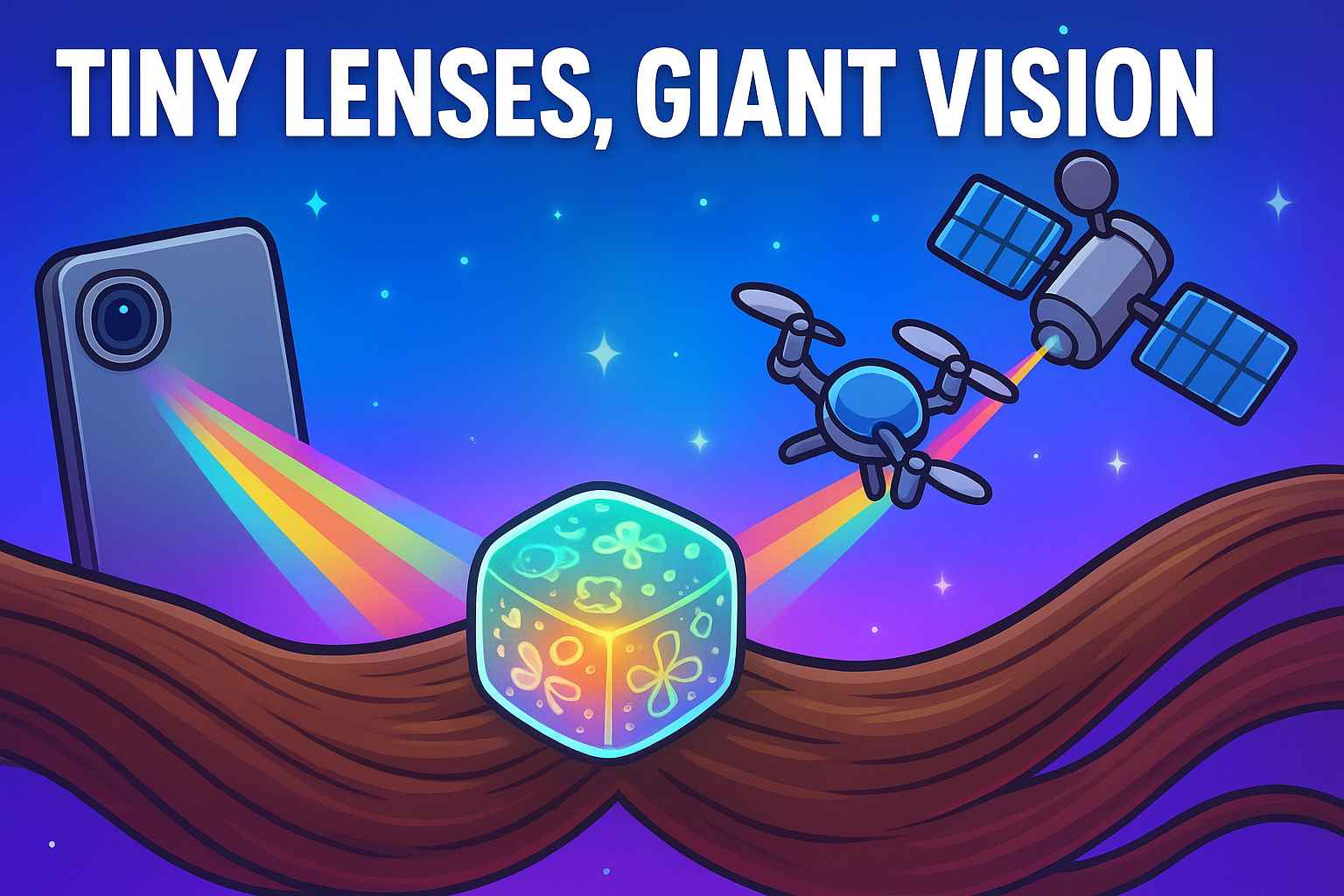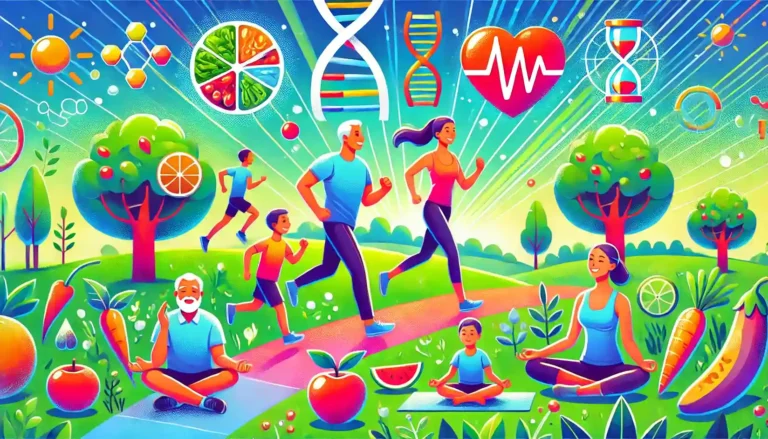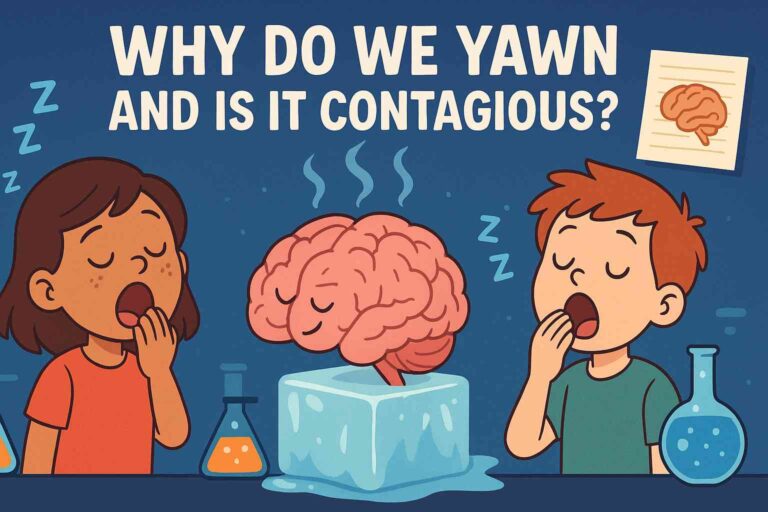
Scientists have invented new multilayer metalenses—so thin they’re smaller than a strand of hair! These tiny, powerful lenses could make future phones, drones, and satellites lighter and sharper. Discover how clover- and propeller-shaped nanostructures are changing the way we see the world.
A New Kind of Super Lens
Imagine holding a lens so thin that it’s smaller than a strand of your hair. Sounds impossible, right? Well, scientists have just created special new lenses that are not only that tiny but also super powerful! These aren’t your regular glass lenses—they’re called metalenses, and they might soon transform the way our phones, drones, and even satellites see the world.
The Problem with Ordinary Lenses
Think about the lenses in glasses, cameras, or binoculars. They bend light to make images clear. But the bigger and sharper you want the image, the thicker and heavier the lens becomes. That’s why big telescopes need giant glass lenses or mirrors! Carrying those around in your pocket? Not happening.
Metalenses are different. They’re made of super-small structures—so tiny that you’d need a microscope to even see them. And now, by stacking these special layers together, scientists have figured out how to make them capture lots of different colors of light at once, something single-layer lenses couldn’t do very well.
Shapes that Look Like Tiny Art
Here’s where it gets even cooler: the designs that make these lenses work look like tiny clovers, propellers, and squares! These aren’t just pretty shapes. They’re nanostructures—so small you could fit thousands across the width of a hair—that control how light bends and focuses. It’s like building a secret playground for light beams to dance on.
Why Do We Need Them?
Think about drones that need to fly high above the Earth to take pictures. The lighter their cameras are, the longer they can fly. Or satellites in space—they need super lightweight equipment to work properly. Even your smartphone could snap sharper, brighter photos without the big camera bump sticking out the back!
These new multilayer metalenses are tiny, light, and powerful, which makes them perfect for all kinds of portable gadgets.
Fun Fact Time! 🌟
- A strand of hair is about 80,000 to 100,000 nanometers wide. The new metalens structures? Only about 300 nanometers tall—that’s more than 200 times thinner than your hair!
- Some metalenses are thinner than a sheet of paper but can bend light better than lenses thousands of times thicker.
- If you zoomed in on one of these lenses, it might look more like a field of alien flowers or a patchwork quilt than a piece of science equipment.
The Science Trick Behind It
Normally, a single metalens layer couldn’t handle lots of different colors of light. Imagine trying to catch different sizes of marbles in just one cup—it just wouldn’t work. So the scientists stacked several layers, like a pancake tower, to catch multiple colors at once.
They even used a smart computer algorithm that tested millions of designs until it found the best patterns. The result? A lens that can bend light in amazing ways, while staying super thin and easy to build.
A Future Full of Tiny Super Lenses
While these metalenses can’t yet handle every color of light, they’re already good enough for drones, satellites, and smartphones. The best part? They’re easier to make than you might think and could be mass-produced in the future.
One day, instead of lugging around bulky cameras, you might have a wafer-thin lens in your pocket that does the same job—or better!
🔍 Mini Quiz: Test Your Metalens Smarts!
1. How small are the new metalens structures compared to a human hair?
a) About the same size
b) 200 times thinner
c) As thick as a rope
2. What fun shapes do the scientists use in their metalens designs?
a) Stars and moons
b) Clovers, propellers, and squares
c) Circles and triangles
3. Why are tiny metalenses useful for drones and satellites?
a) They look cool
b) They are heavier than glass lenses
c) They are lightweight and powerful
✨ Answers:
- b) 200 times thinner
- b) Clovers, propellers, and squares
- c) They are lightweight and powerful
🌍 Takeaway Thought
Science often teaches us that big problems don’t always need big solutions—sometimes the tiniest inventions can change the world. These hair-thin lenses remind us that even the smallest things can open up giant possibilities.
So next time you snap a photo with your phone, imagine: in the future, the lens inside might be as thin as a butterfly’s wing but sharp enough to see the stars!






